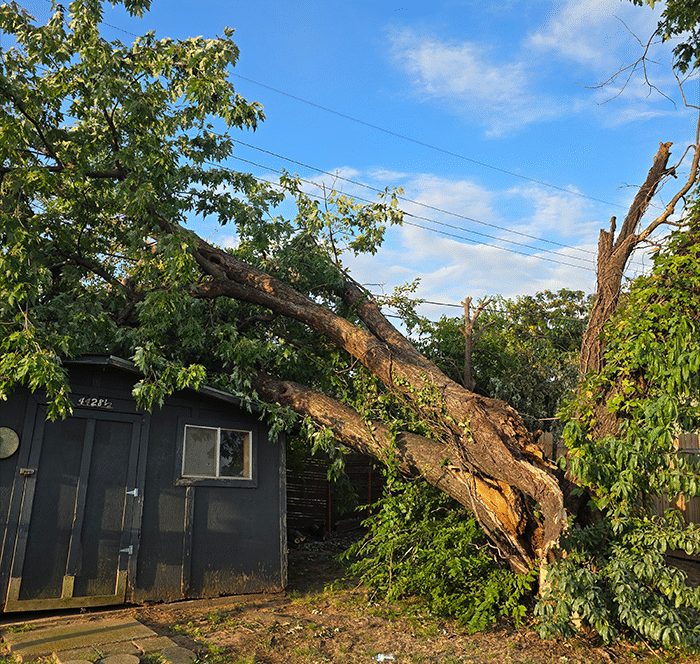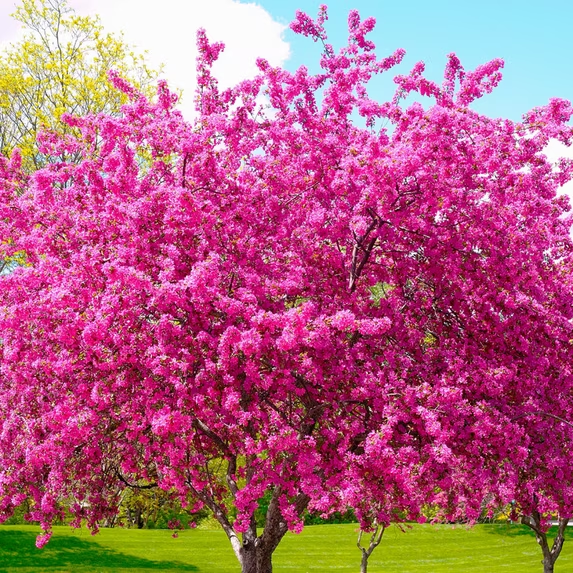Why Timing Matters for Tree Trimming
Trimming a tree at the right time isn’t just about appearance — it’s about long-term health, safety, and structure. In Oklahoma’s variable climate, timing plays a crucial role in how trees respond to pruning. The right schedule can encourage strong growth, reduce disease risk, and prevent damage from storms or improper cuts.
At Mercer Tree Service, our certified arborists in Edmond, OK follow the best seasonal practices for pruning and maintenance. Here’s what you need to know before scheduling your next trimming service.
1. Late Winter to Early Spring (Dormant Season)
Best for most deciduous trees
The dormant season — typically late February through early April in Oklahoma — is the ideal time for most tree trimming. During this period, trees are not actively growing, making it easier to see the branch structure and make precise cuts without stressing the tree.
Benefits include:
-
Reduced risk of disease or pest infestation
-
Faster healing once new growth begins in spring
-
Better visibility for structural pruning and shaping
Trees that respond best: Oak, Maple, Ash, Elm, and many fruit trees.
Note: Avoid pruning oak trees from April through July to minimize exposure to the beetles that spread Oak Wilt, a serious fungal disease in Oklahoma.
2. Late Spring to Early Summer (After New Growth Hardens)
Best for minor shaping and canopy thinning
Once trees have leafed out and the new growth has hardened, light trimming can be performed to shape the canopy, remove low-hanging limbs, or maintain clearance around structures.
However, aggressive pruning during active growth can stress the tree. Our arborists recommend limiting mid-season work to small corrective cuts or safety pruning only.
3. Mid to Late Summer (Selective Pruning Only)
Best for fast-growing ornamentals and storm risk reduction
By July or August, Oklahoma heat can be intense, and trees are under moisture stress. Heavy pruning at this time can cause unnecessary decline. Selective cuts can still be made to:
-
Remove broken or storm-damaged limbs
-
Address visibility or clearance issues
-
Reduce canopy weight before late-summer storms
When done carefully by a certified arborist, summer pruning can help prevent storm breakage while preserving overall tree health.
4. Fall (Limited Pruning)
Best for cleanup and hazard removal
Fall might seem like a convenient time for pruning, but for most trees it’s not ideal. As trees prepare for dormancy, open cuts are slower to heal and more vulnerable to decay and fungal infection.
That said, hazardous limb removal or storm cleanup can and should be done anytime safety is at risk. Our team performs emergency and structural pruning year-round when conditions demand it.
When Not to Trim Trees
Avoid trimming during:
-
Leaf-flush (early spring) for species prone to bleeding (Maples, Birch)
-
Hot, dry periods without adequate watering
-
Oak Wilt transmission months (April–July) for any oak species
Improper timing can lead to unnecessary stress, disease vulnerability, or poor regrowth.
Professional Arborist Tip
Proper pruning is both art and science. The quality of the cut matters just as much as the timing. At Mercer Tree Service, all trimming follows ANSI A300 standards — focusing on structure, airflow, safety, and long-term vitality rather than quick cosmetic shaping.
Schedule Tree Trimming with a Certified Arborist in Edmond, OK
Knowing when to trim trees is only part of the equation — knowing how and why to trim them safely completes the picture.
If you’re unsure when your trees need attention, the certified arborists at Mercer Tree Service can create a custom pruning schedule based on species, location, and condition. We serve Edmond, Oklahoma City, and surrounding areas with expert pruning, bracing, and Plant Health Care (PHC) programs.



